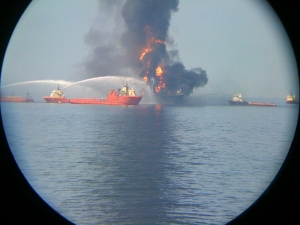UPDATE: Designers may file Notices of Commencement when they start their work, which should eliminate or significantly reduce the priority date concerns expressed below. See this post for more details. — mdb 3/4/11

The work of the NC Bar Association’s Construction Section Lien Law committee continues, and it may drastically change the lien law landscape for architects and engineers.
On February 18, the Construction Law Section Council, the governing body of the Section, voted 11-4 to accept the latest draft version which must still be approved by the NC Bar Board of Governors. After approval by the Board, it will then need sponsorship at the General Assembly. The lien law changes have divided the construction industry – some believe the changes are beneficial, while others worry about new requirements contained within the bill.
Of particular note for architects and engineers, the new lien law envisions a new Notice of Commencement which would then act as the first date of service for everybody who works on the project. The new law would give almost everyone on a project the same priority date. Almost all liens would then relate to and take effect as of the Notice of Commencement date.
In other words, designers and others who perform work very early in the project would have no stronger lien rights than those who perform work at the very end of the project. If there are insufficient funds to satisfy all of the liens, the net result is that architects and engineers will have to share pro rata will all contractors and subcontractors from the owner’s assets. (And, to answer a question posed to me the other day, yes, architects and engineers have lien rights on projects in North Carolina!)
Is there a way around this for designers and other early performers? Yes and no. One way a designer can protect his priority is by filing a Claim of Lien before the Owner files the Notice of Commencement. (See section 44A-10 of the new draft bill). However, as you can imagine, filing a Claim of Lien before construction has even started is likely to be frowned upon by the Owner. Furthermore, the lien would have to be timely perfected, which involves actually suing the Owner. Obviously, use of the Claim of Lien to beat the proposed Notice of Commencement date will have limited, if any, practical use for construction professionals who are working on a project and want to maintain a good relationship with the Owner.
There are many good things in the new bill: a way to streamline payment issues to ensure subcontractors are timely paid when the general contractor is paid, for example, as well as an attempt to provide lien rights to parties even after a bankruptcy filing, which had been made impossible by recent cases. However, the priority issue is definitely bad for designers, as well as others who do their work very early in the project.
Comments, questions, or thoughts about the proposed changes? Let me know in the comment section, below. And sign up for regular email updates from this Blog, so you never miss a post.




